Belly fat is more than just a superficial concern; it can be a health risk indicator linked to serious conditions like diabetes, cardiovascular disease, and metabolic syndrome. In the modern world, where processed foods, sedentary habits, and chronic stress are rampant, many people struggle with abdominal weight gain.
Fortunately, there are natural, time-tested methods for reducing belly fat that draw from centuries of knowledge ranging from herbs and teas with potent fat-burning or metabolism-enhancing properties to ancient techniques like Ayurveda, Traditional Chinese Medicine, and various mind-body practices. These approaches not only help trim your waistline but also promote overall well-being, better digestion, and a more balanced lifestyle.
In this comprehensive article, we will explore how you can seamlessly integrate herbs, teas, and ancient techniques into your daily routine to tackle belly fat in a holistic way. We will discuss important lifestyle factors like diet, exercise, stress levels, and sleep patterns—because true belly fat reduction often requires a combination of practices rather than relying on a single solution.
Whether you’re looking for nutritional changes, herbal solutions, or mindful practices, this guide aims to provide you with a thorough, in-depth exploration of how to reduce belly fat naturally. Read on to discover accessible, healthful strategies that can transform your body and mind.
Table of Contents
Understanding Belly Fat
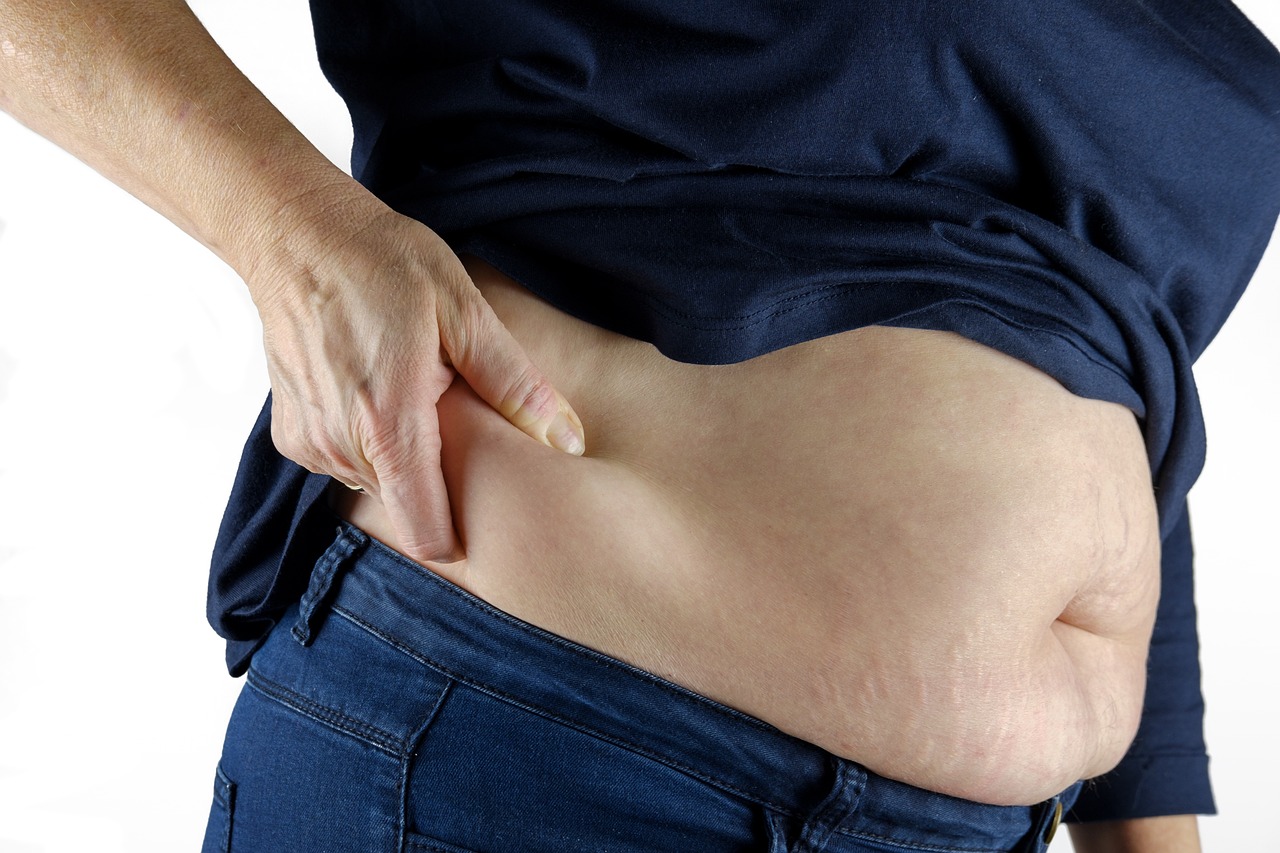
Before diving into the specifics of herbs, teas, and ancient techniques, it’s crucial to understand what belly fat really is, why it occurs, and why it’s notoriously difficult to lose.
Visceral vs. Subcutaneous Fat
There are two main types of fat around your midsection:
- Subcutaneous Fat
This is the soft, pinchable fat located directly under your skin. While it can be stubborn to lose, it’s generally less harmful than visceral fat. - Visceral Fat
Found deeper in the abdominal cavity, visceral fat wraps around internal organs like the liver, stomach, and intestines. It’s often termed “dangerous fat” because it produces hormones and inflammatory substances that can increase the risk of chronic diseases.
When you talk about reducing belly fat, you typically aim to target visceral fat, as it poses more significant health risks. Visceral fat is also more responsive to dietary changes and exercise compared to subcutaneous fat, meaning improvements in your lifestyle can go a long way in shrinking your waistline.
Health Implications of Excess Belly Fat
Excess belly fat, especially visceral fat, has been associated with a variety of health issues:
- Increased Risk of Heart Disease: Too much visceral fat can contribute to hypertension, high cholesterol, and clogged arteries.
- Type 2 Diabetes: Abdominal obesity often correlates with insulin resistance, making the body struggle to maintain stable blood sugar levels.
- Metabolic Syndrome: This syndrome includes a cluster of conditions like high blood pressure, high blood sugar, excess waist fat, and abnormal cholesterol levels.
- Hormonal Imbalances: Belly fat can disrupt hormone production, particularly in women, leading to issues like polycystic ovary syndrome (PCOS).
- Inflammation: Visceral fat is considered metabolically active, producing inflammatory markers that can lead to chronic inflammation throughout the body.
Because of these health implications, losing belly fat is not just a vanity goal—it’s also a protective strategy against long-term health complications.
The Role of Lifestyle in Belly Fat Accumulation

A big part of belly fat management revolves around understanding how lifestyle factors contribute to weight gain in the abdominal area. By being mindful of these factors, you can adopt more effective strategies for long-term weight control and improved health.
1. Poor Dietary Habits
- High Calorie, Low Nutrient Foods: Diets rich in processed foods, sugar-laden beverages, and trans fats can lead to weight gain and specific fat storage around the belly.
- Excess Simple Carbohydrates: Foods like white bread, pastries, and sweetened cereals cause rapid spikes in blood sugar, increasing insulin levels and fat storage.
- Alcohol Consumption: Often called a “beer belly,” excessive alcohol is directly linked to the accumulation of belly fat. Alcoholic beverages are calorie-dense and can disrupt metabolic processes, leading to fat buildup.
Tip: Aim to fill your plate with whole grains, fresh produce, and lean proteins. Moderation in portion sizes also plays a key role in managing caloric intake.
2. Sedentary Lifestyle
- Lack of Movement: Long hours sitting at a desk or on the couch slows your metabolism and contributes to fat storage.
- No Structured Exercise: Without regular exercise, your body has fewer opportunities to burn excess calories. Over time, this caloric surplus often leads to increased belly fat.
Tip: Try to include at least 150 minutes of moderate-intensity aerobic activity or 75 minutes of vigorous-intensity activity per week. Incorporating strength training at least twice a week can further boost metabolism.
3. Chronic Stress and Cortisol
- Cortisol’s Role: When you’re stressed, your body releases more cortisol, a hormone that can increase appetite and promote fat storage—particularly around the midsection.
- Emotional Eating: Many people respond to stress by seeking comfort in high-calorie, sugary foods.
Tip: Reducing stress through mindful practices, breathing exercises, and physical activity can help manage cortisol levels and belly fat accumulation.
4. Lack of Quality Sleep
- Hormonal Imbalance: Poor sleep disrupts hormones like leptin and ghrelin, which regulate hunger and fullness signals.
- Reduced Willpower: People who are sleep-deprived often have reduced energy and lower self-control when it comes to making healthy food choices.
Tip: Aim for 7–9 hours of quality sleep. Maintain a consistent sleep schedule and create a relaxing bedtime routine to help your body wind down.
Natural Approaches to Belly Fat Reduction
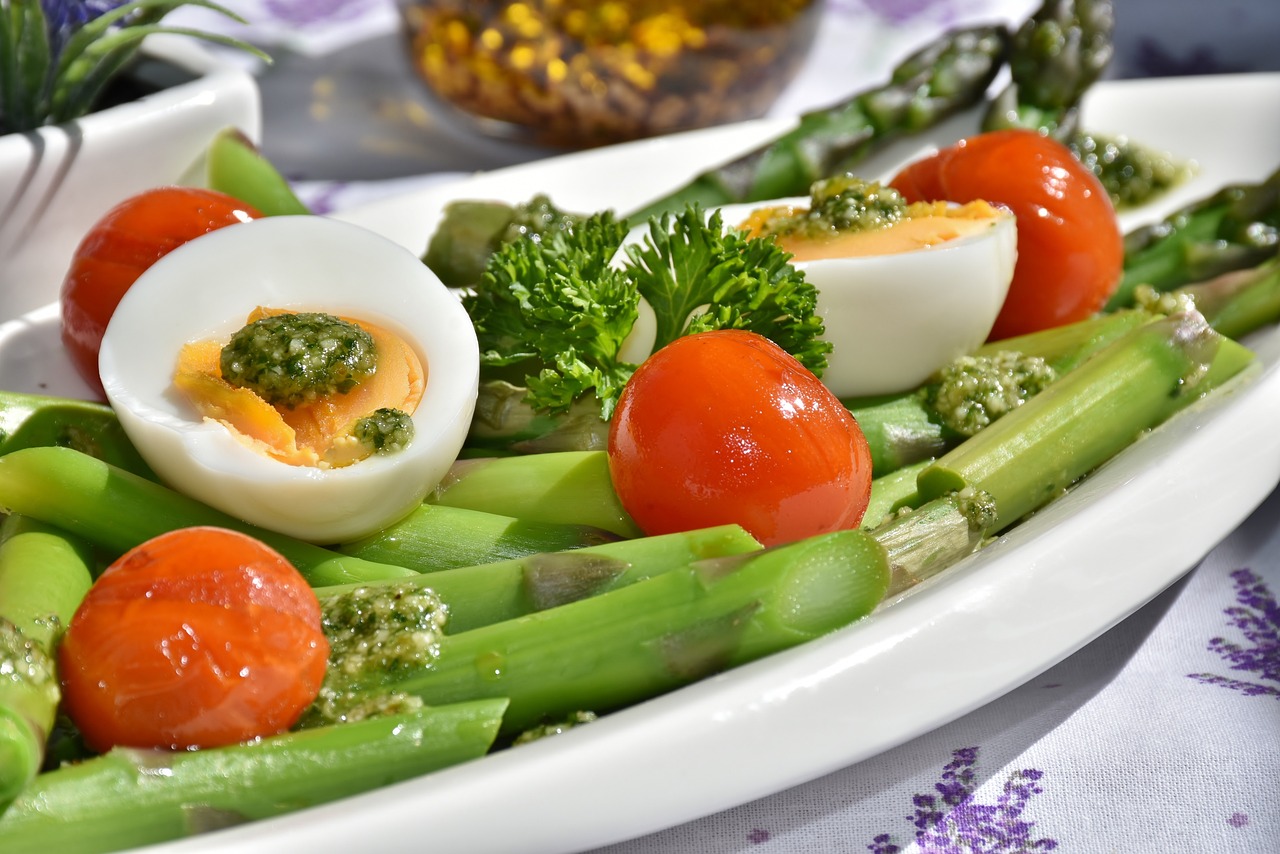
Incorporating healthy lifestyle practices sets the stage for a flatter stomach and more stable weight. Consider these core strategies for targeting belly fat in a wholesome way.
Balanced Nutrition and Mindful Eating
- Consume Whole Foods: Prioritize unprocessed foods like vegetables, fruits, whole grains, lean protein, and healthy fats (avocados, nuts, seeds).
- Portion Control: Being mindful of serving sizes can help you consume fewer calories, facilitating gradual weight loss.
- Adequate Protein: Protein helps preserve lean muscle mass and promotes satiety. Good sources include eggs, legumes, and fish.
- Fiber-Rich Foods: Soluble fiber, found in oats, beans, apples, and flaxseeds, can reduce appetite and combat belly fat.
- Reduce Added Sugars: Excess sugar often gets converted to fat and stored in the abdomen.
Regular Physical Activity
- Cardiovascular Exercise: Running, brisk walking, cycling, or swimming can help burn calories and reduce body fat.
- High-Intensity Interval Training (HIIT): Short bursts of intense activity followed by brief rest periods have been shown to be very effective in burning abdominal fat.
- Strength Training: Building muscle boosts your resting metabolic rate, helping you burn more calories throughout the day.
- Core Strengthening: Exercises like planks, bridges, and Pilates moves can tighten and tone the midsection.
Stress Management Techniques
- Breathing Exercises: Simple deep breathing practices can lower cortisol levels and induce relaxation.
- Meditation and Mindfulness: Techniques like body scanning or guided imagery can help reduce stress-related eating.
- Journaling: Writing down thoughts, feelings, and daily stressors can bring clarity and help manage emotional well-being.
The Importance of Adequate Sleep
- Bedtime Routine: Aim for a regular sleep schedule. Limit caffeine and electronics before bed.
- Environment: Keep your sleeping environment cool, dark, and quiet.
- Sleep Duration: Strive for 7–9 hours of quality sleep to support hormone balance and improved metabolism.
Combining these foundational lifestyle changes with targeted approaches—such as specific herbs, teas, and ancient practices—can amplify and accelerate your journey toward a slimmer waistline and better health.
Herbs for Belly Fat Reduction
Herbs have been used in traditional medicine for centuries to aid digestion, boost metabolism, and reduce inflammation factors that all contribute to belly fat loss. Below is a detailed look at some of the most effective herbs for natural belly fat reduction.
1. Ginger
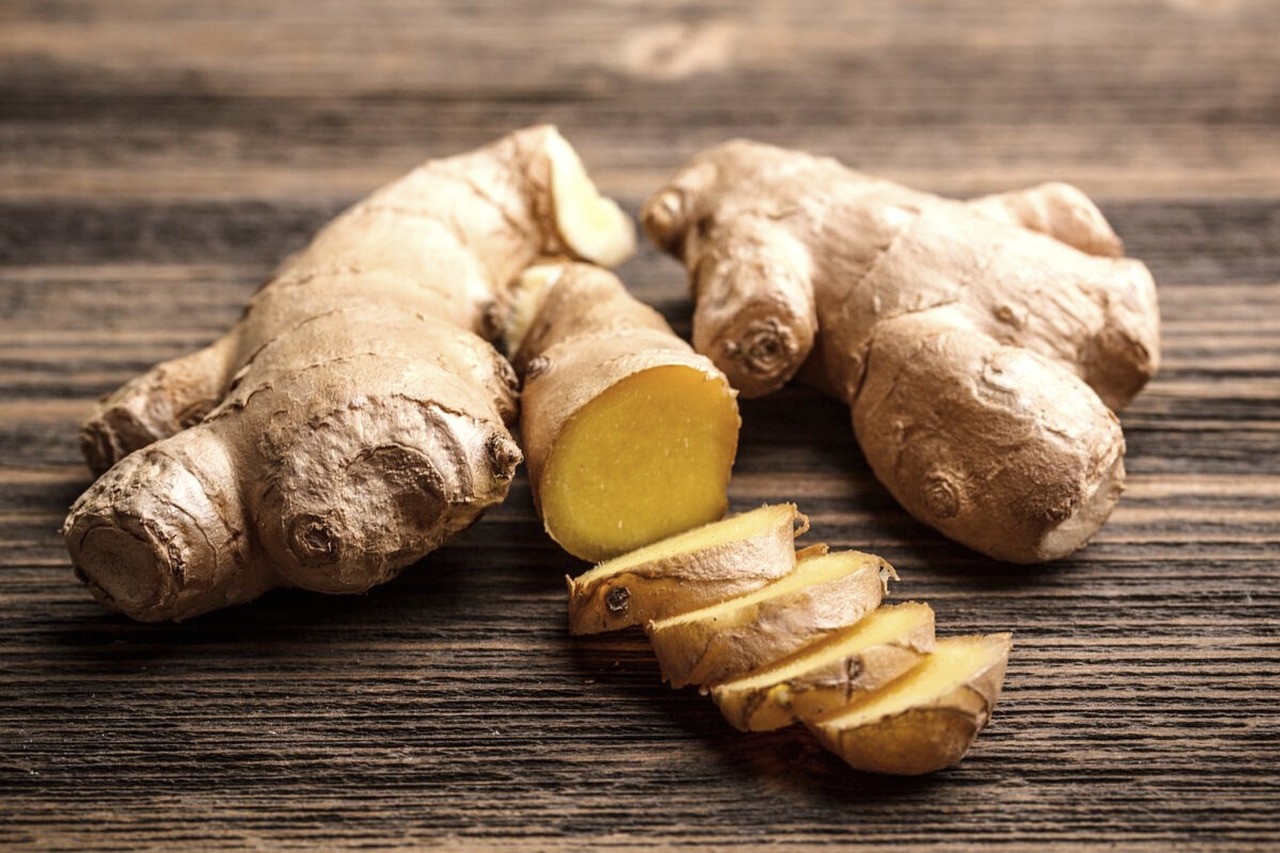
Why Ginger Helps:
- Contains compounds like gingerol and shogaol, which have anti-inflammatory properties.
- Can improve digestion and reduce bloating, helping you feel lighter.
- May increase thermogenesis (heat production in the body), slightly boosting metabolism.
How to Use:
- Add fresh ginger to stir-fries, soups, and smoothies.
- Sip on ginger tea by steeping fresh ginger slices in hot water for 10 minutes.
- Combine ginger with lemon and a touch of honey for a soothing morning beverage.
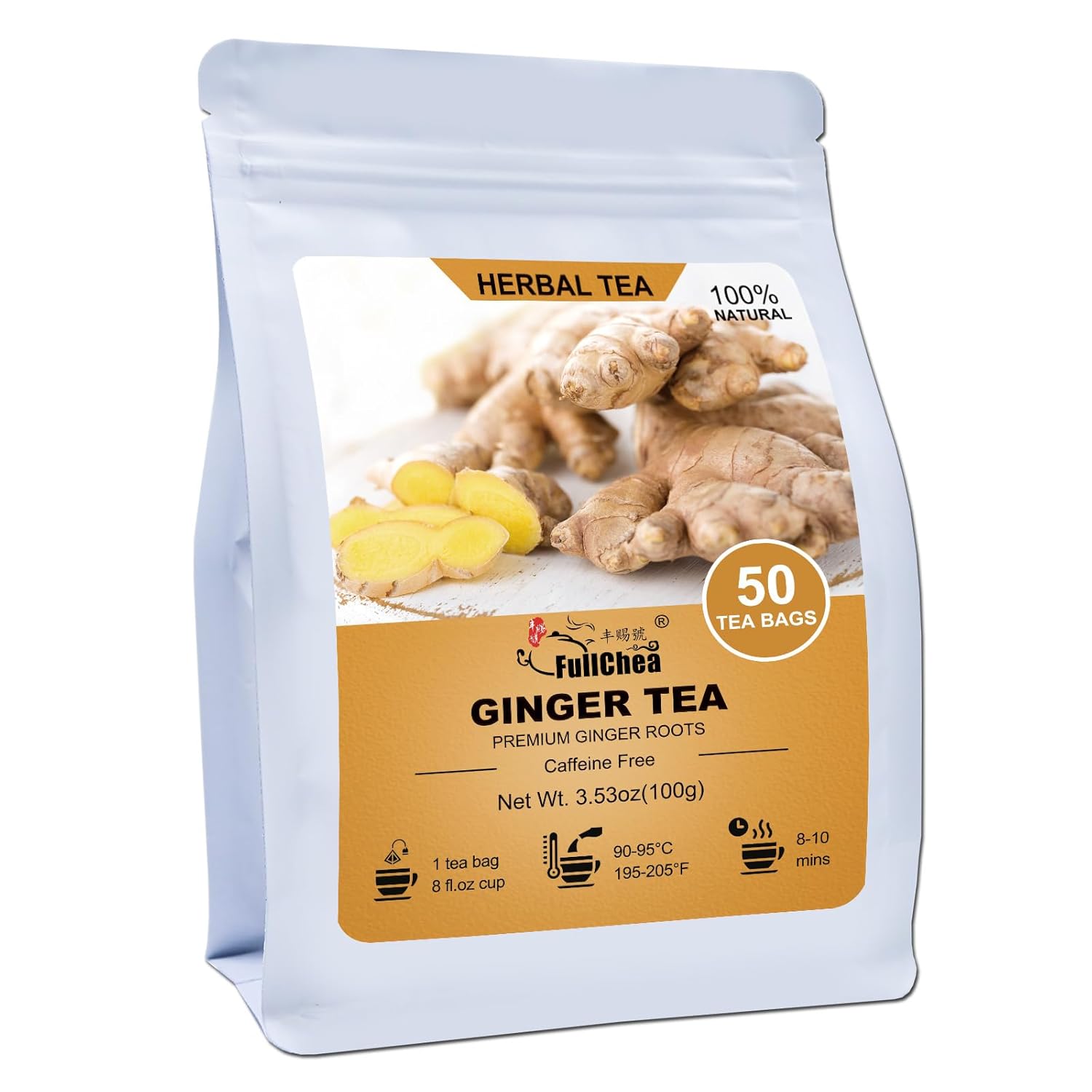
2. Turmeric
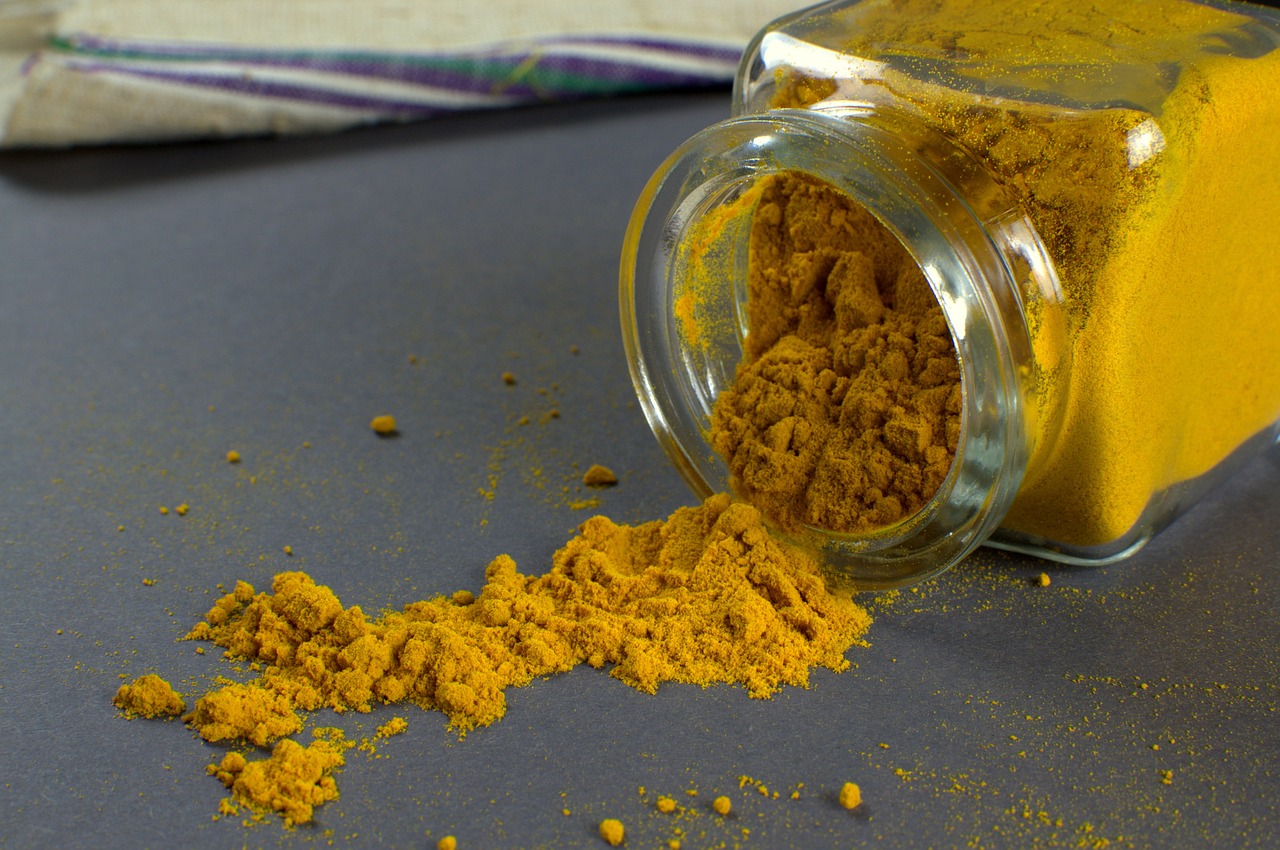
Why Turmeric Helps:
- The active compound curcumin has potent anti-inflammatory effects, beneficial for reducing chronic inflammation that may lead to belly fat accumulation.
- May assist in regulating metabolism and improving insulin sensitivity.
How to Use:
- Include turmeric powder in curries, soups, and roasted vegetables.
- Make golden milk (turmeric latte) by mixing turmeric, ginger, cinnamon, and a dash of black pepper into warm milk (dairy or plant-based).
- Consider a high-quality curcumin supplement if dietary intake is insufficient (consult a healthcare provider).
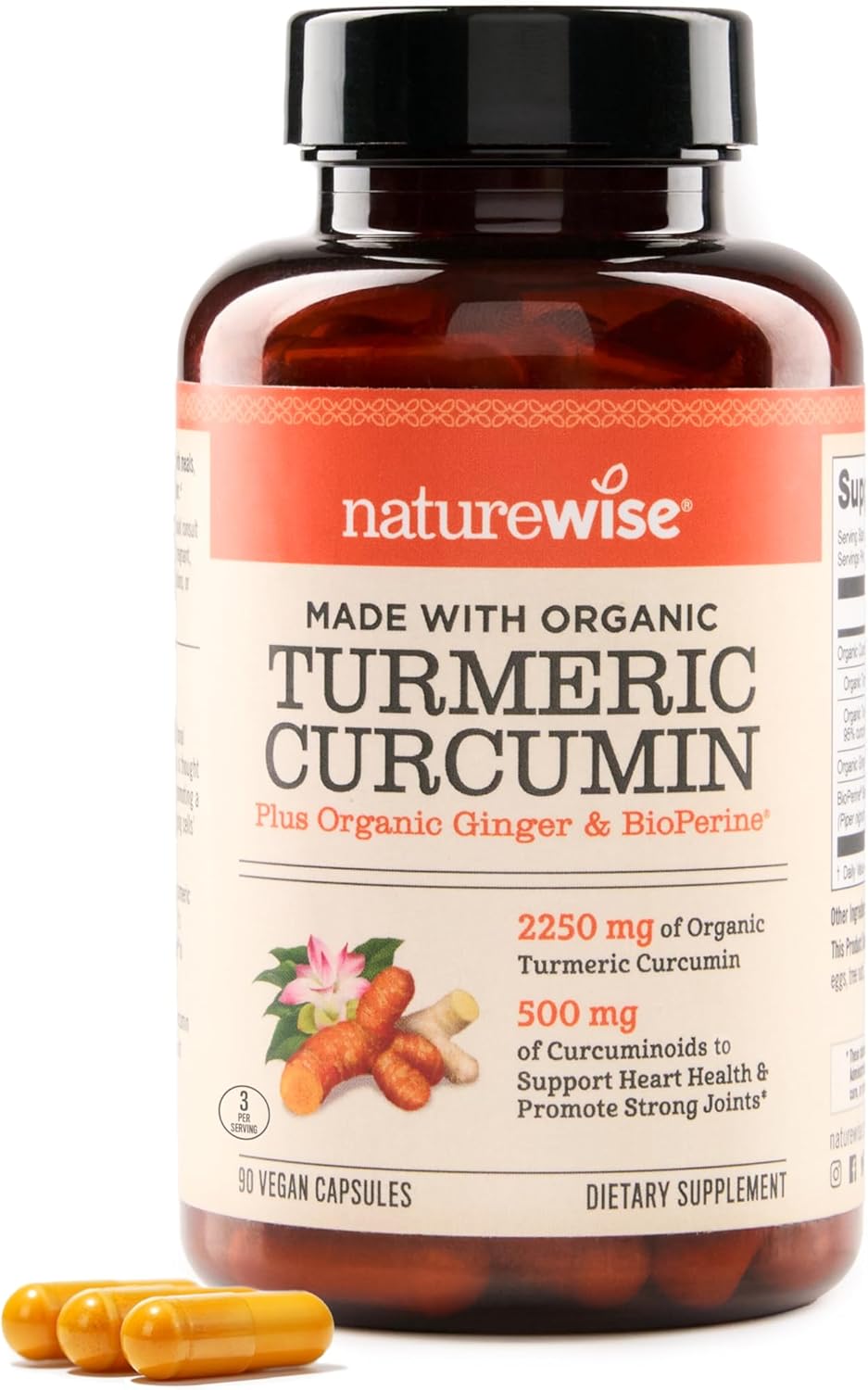
3. Cinnamon

Why Cinnamon Helps:
- Stabilizes blood sugar levels, reducing cravings for sugary foods.
- Enhances the body’s ability to utilize insulin, potentially assisting in reducing fat storage.
How to Use:
- Sprinkle cinnamon on oatmeal, yogurt, or your morning coffee.
- Add a cinnamon stick to teas and hot beverages for added flavor.
- Blend cinnamon into smoothies with a banana or apple for a sweet, warm taste.

4. Fenugreek
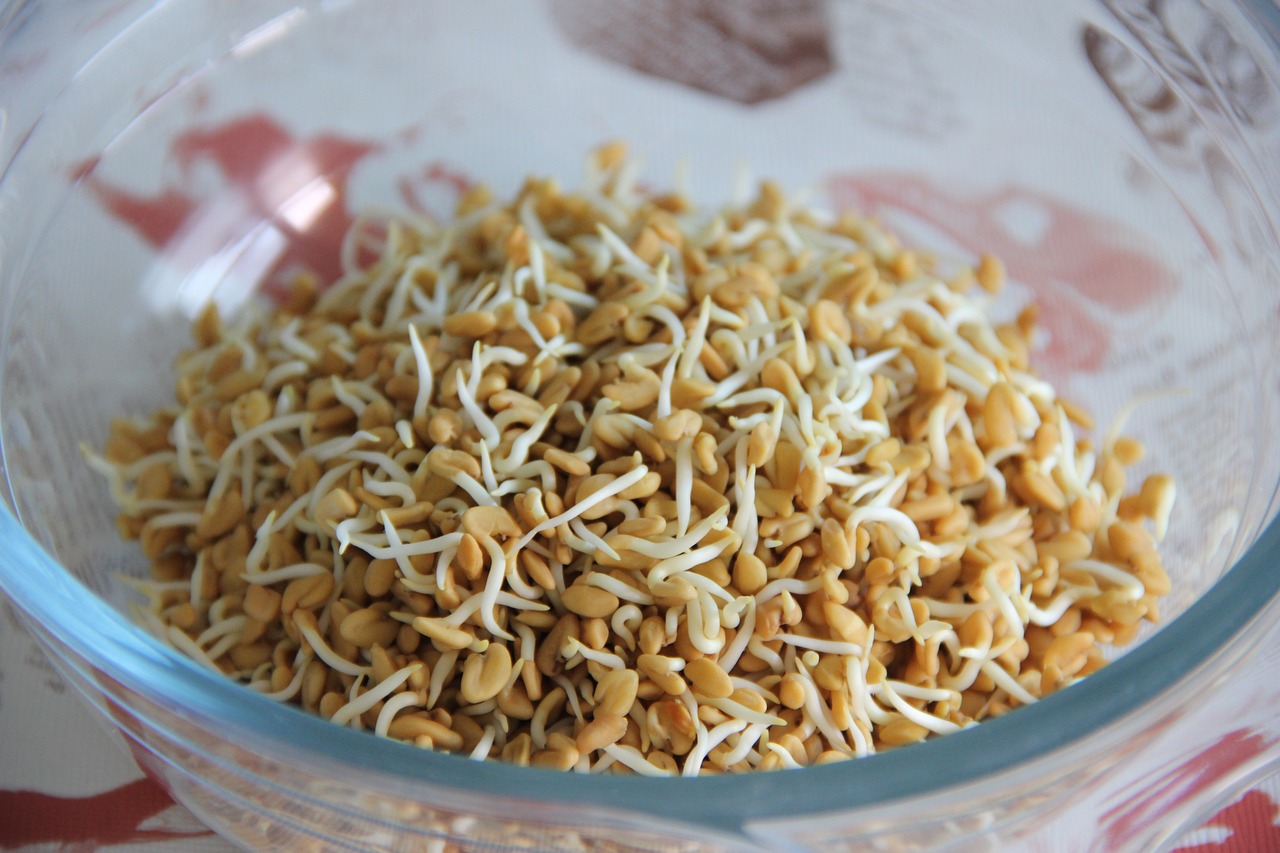
Why Fenugreek Helps:
- High in soluble fiber, which can help control appetite and support digestive health.
- May help regulate blood sugar, thereby reducing excess insulin spikes that contribute to fat storage.
How to Use:
- Soak fenugreek seeds overnight, then consume them in the morning.
- Use fenugreek powder in soups, stews, and spice blends.
- Brew fenugreek tea by adding crushed seeds to boiling water.
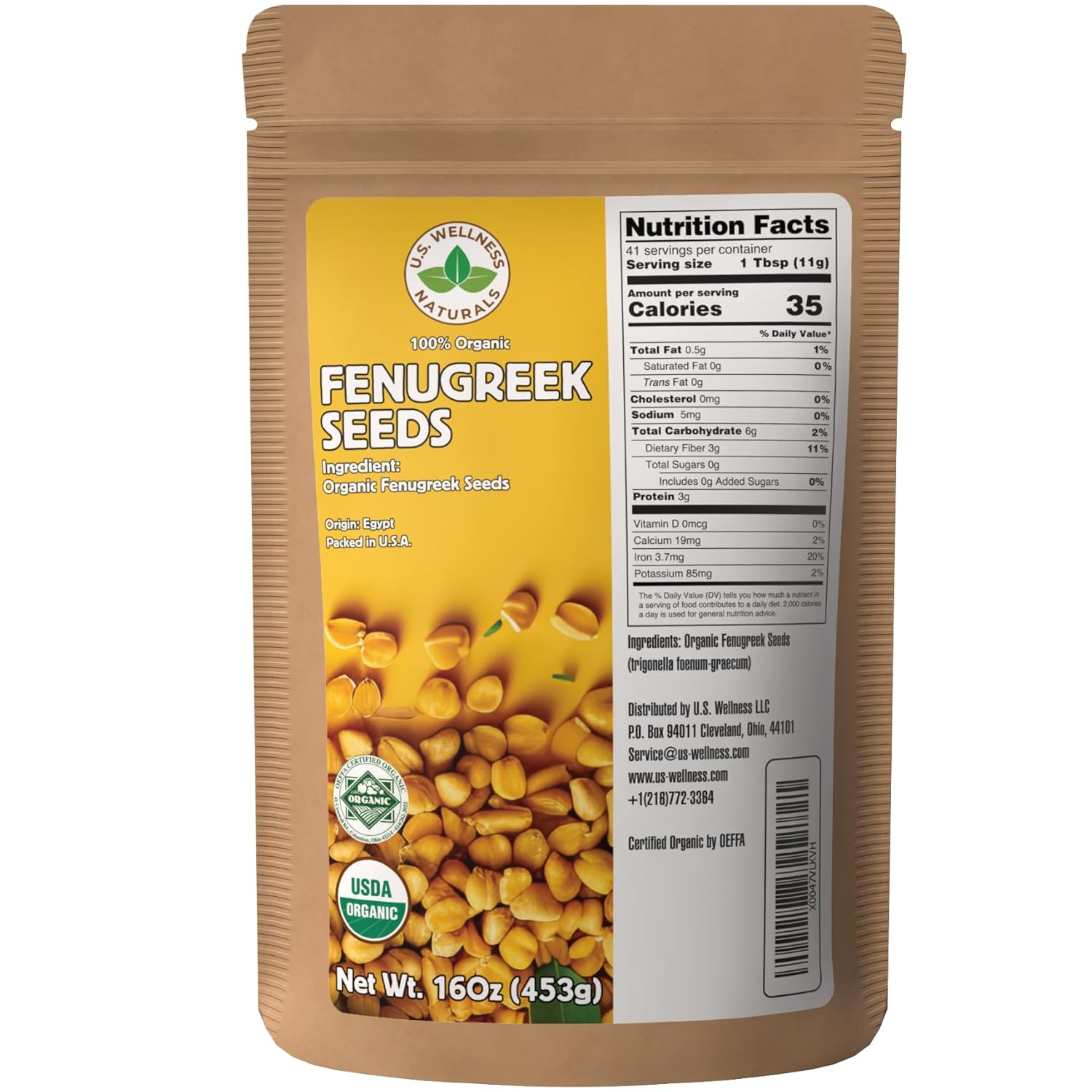
5. Ginseng

Why Ginseng Helps:
- Known for its adaptogenic properties, helping the body cope with stress. Lower stress can mean lower cortisol levels, translating to less abdominal fat storage.
- May boost metabolism and energy levels.
How to Use:
- Typically consumed as tea or in capsule form.
- Consult guidelines for dosage, as high doses can lead to side effects such as restlessness or insomnia.
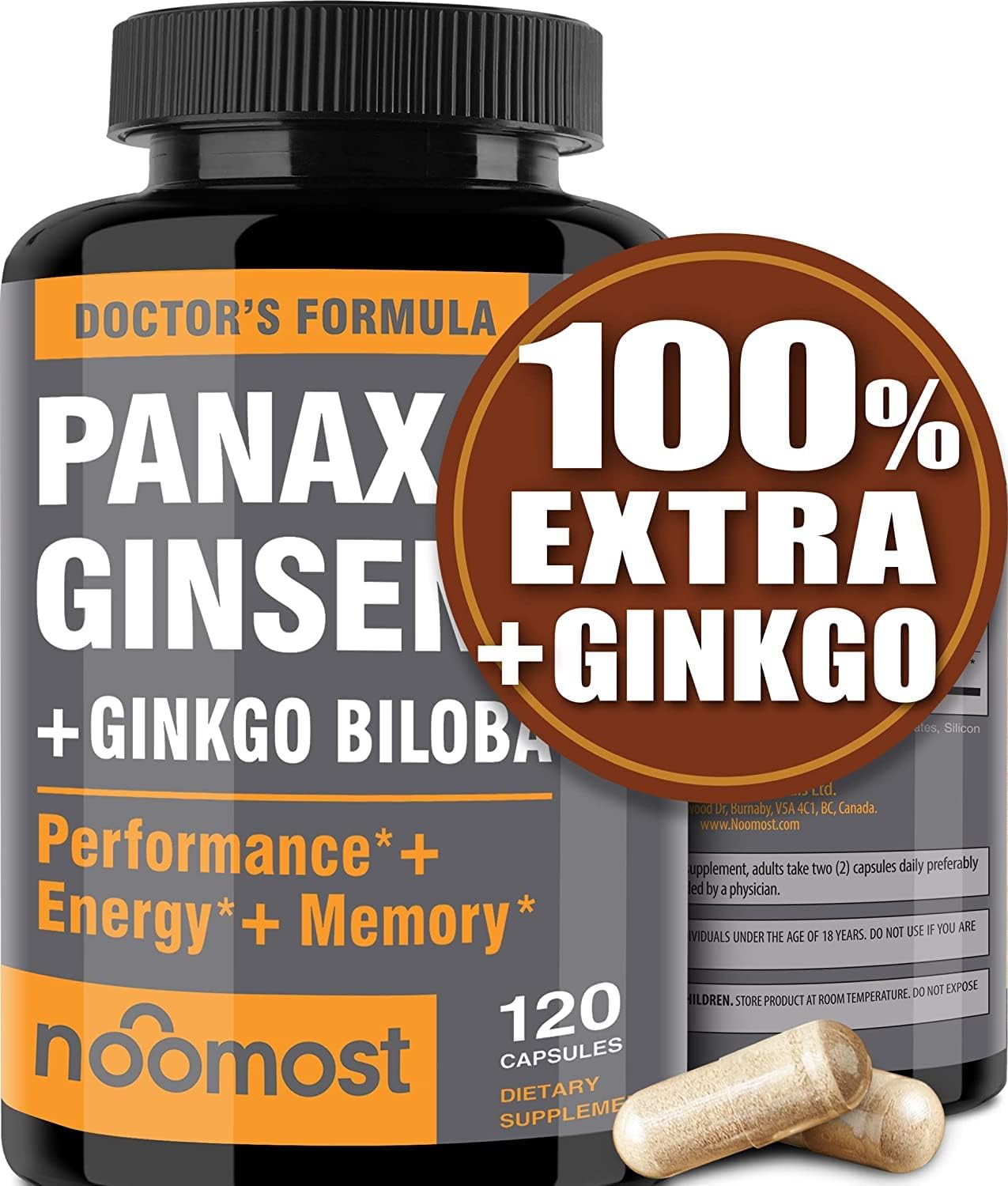
6. Ashwagandha

Why Ashwagandha Helps:
- Another adaptogen that regulates stress hormones (particularly cortisol).
- Supports overall metabolic balance and can improve energy and endurance.
How to Use:
- Often taken as a powdered supplement mixed into warm milk or smoothies.
- Capsules are also widely available.
- Consult a healthcare provider for appropriate dosage and potential interactions.
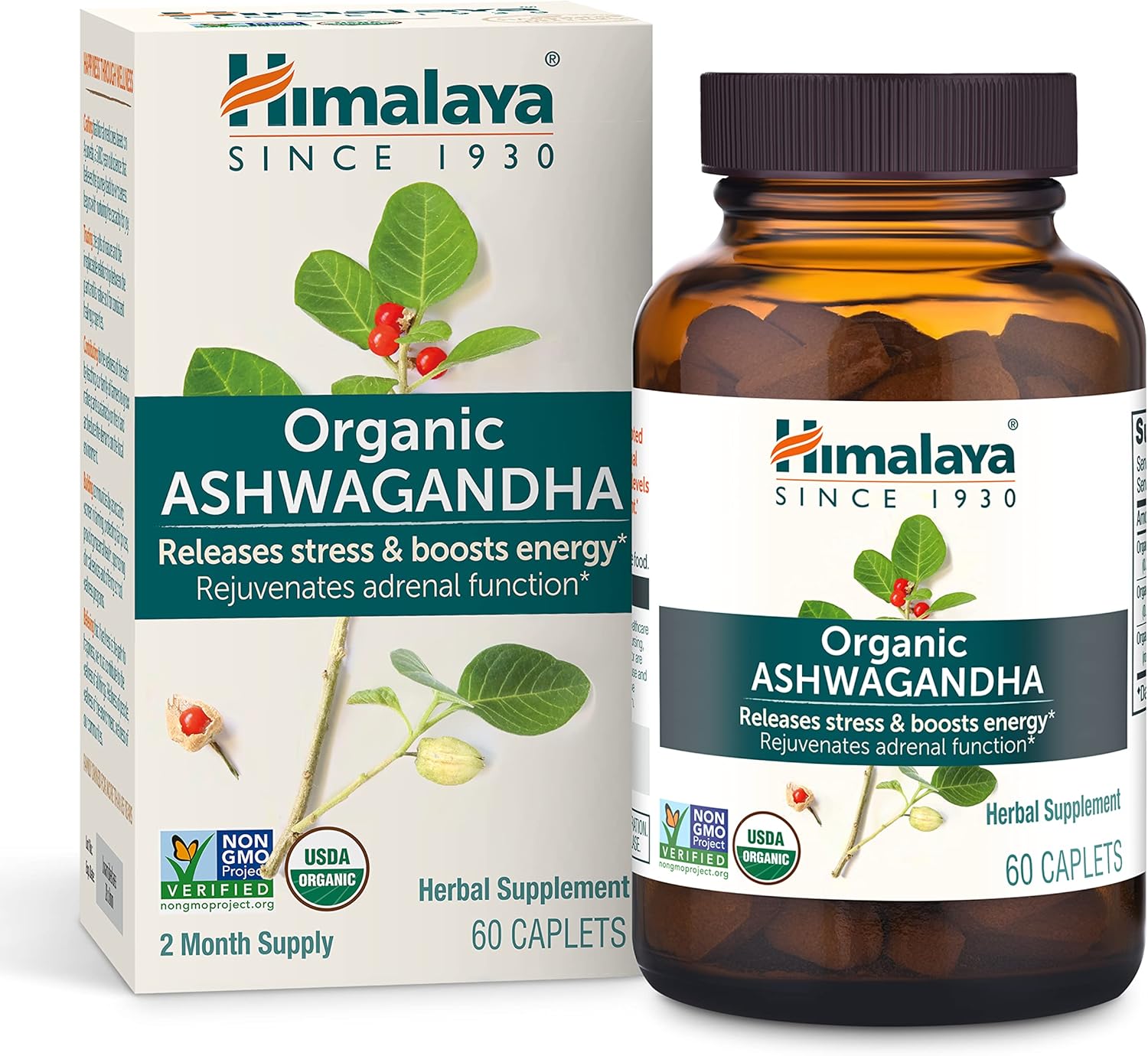
7. Garcinia Cambogia
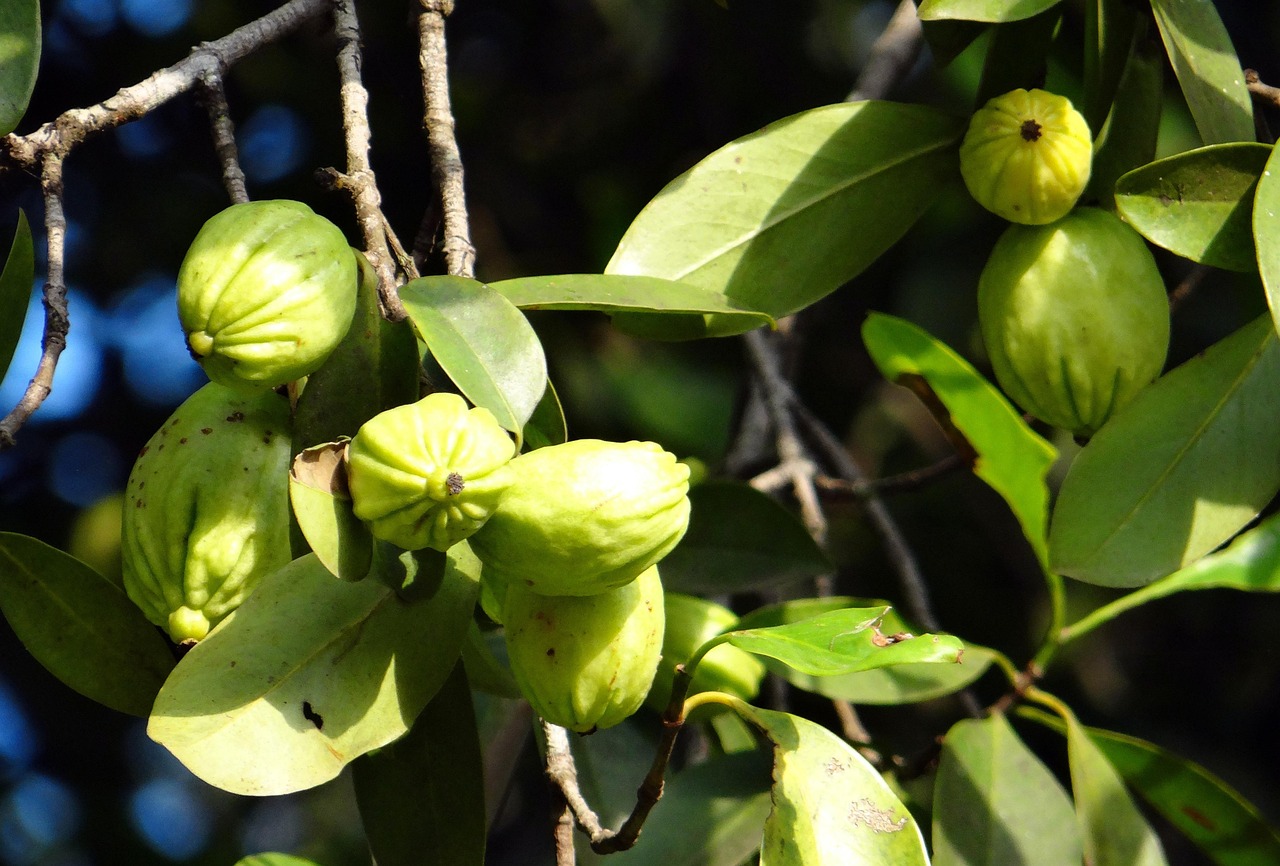
Why Garcinia Cambogia Helps:
- Contains hydroxycitric acid (HCA), which some studies suggest may reduce appetite and prevent fat production.
- Possible influence on fat metabolism makes it popular in many weight-loss supplements.
How to Use:
- Found in capsule, powder, or liquid form.
- Always check the ingredient list and consult with a healthcare professional due to varying quality in supplements.
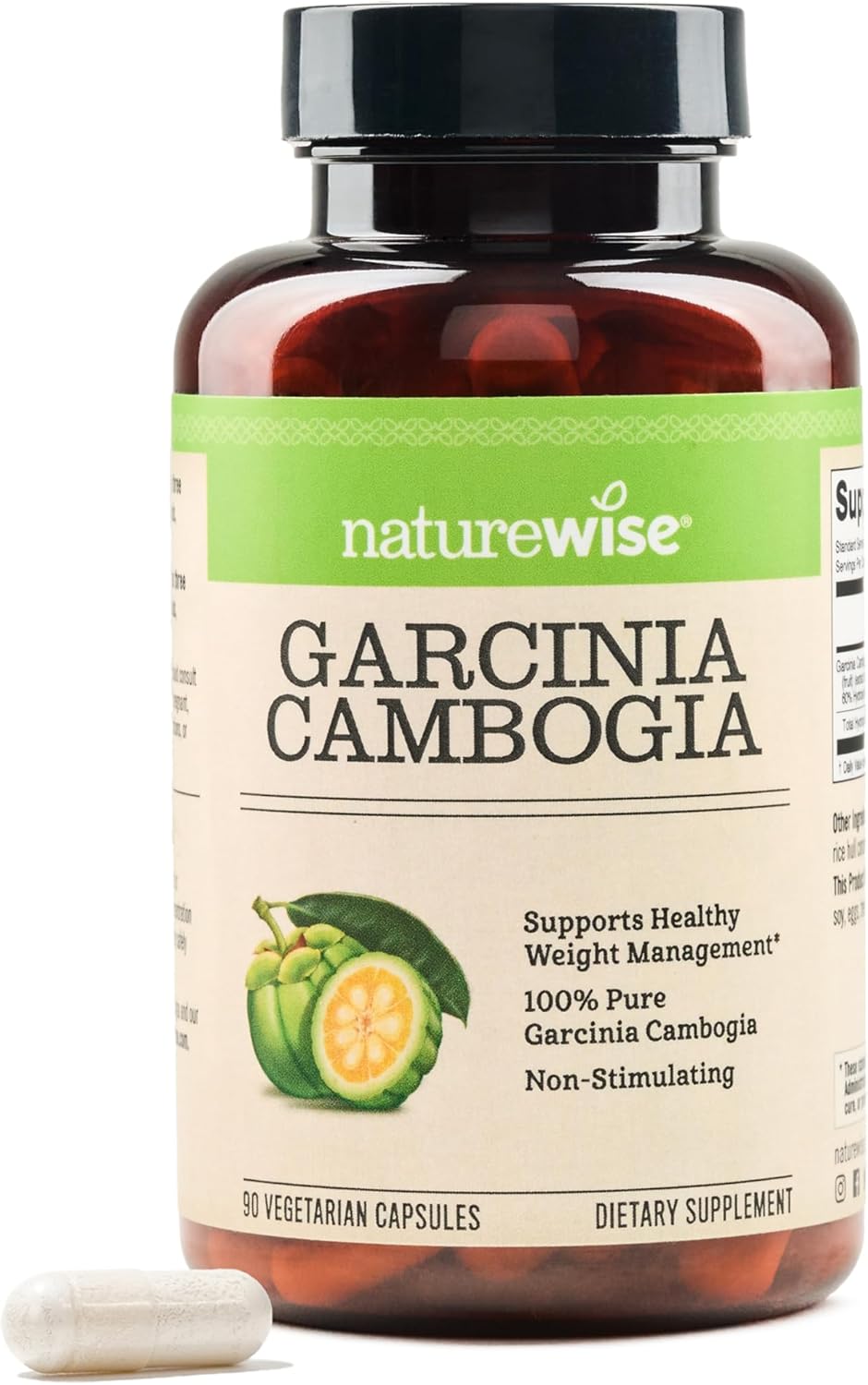
8. Dandelion

Why Dandelion Helps:
- Acts as a natural diuretic, helping reduce water retention and bloating, which can give the appearance of a flatter stomach.
- Supports liver function, which can help metabolize fats more efficiently.
How to Use:
- Brew dandelion tea using the roots or leaves.
- Dandelion greens can be added to salads or smoothies for a bitter, nutrient-packed punch.
- If using dandelion supplements, follow recommended dosages and watch for potential allergic reactions.
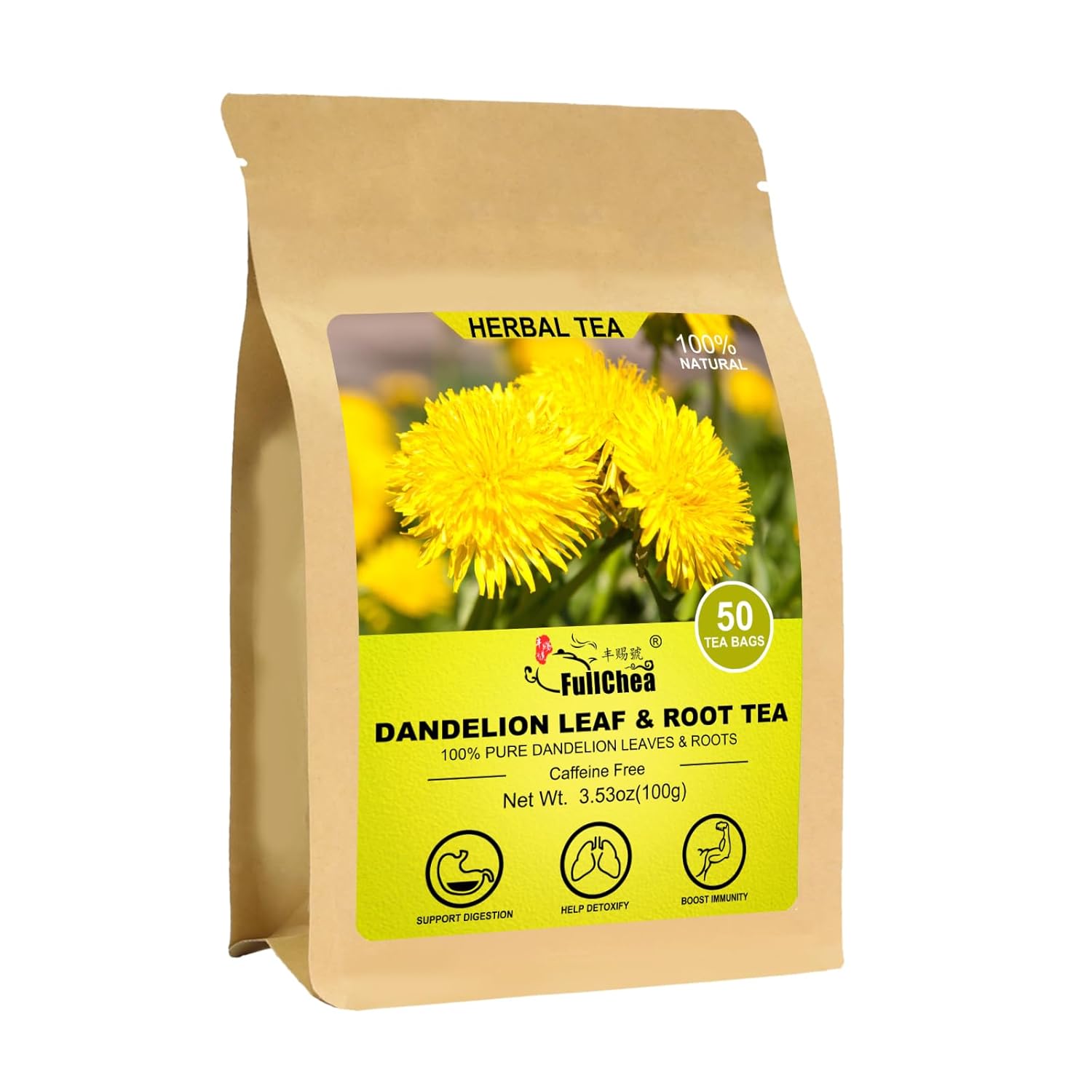
Teas for Belly Fat Reduction
Teas have been revered across various cultures for their health-boosting and weight management properties. Rich in antioxidants and often containing metabolism-stimulating compounds, certain teas can be excellent allies in your belly fat reduction journey.
1. Green Tea
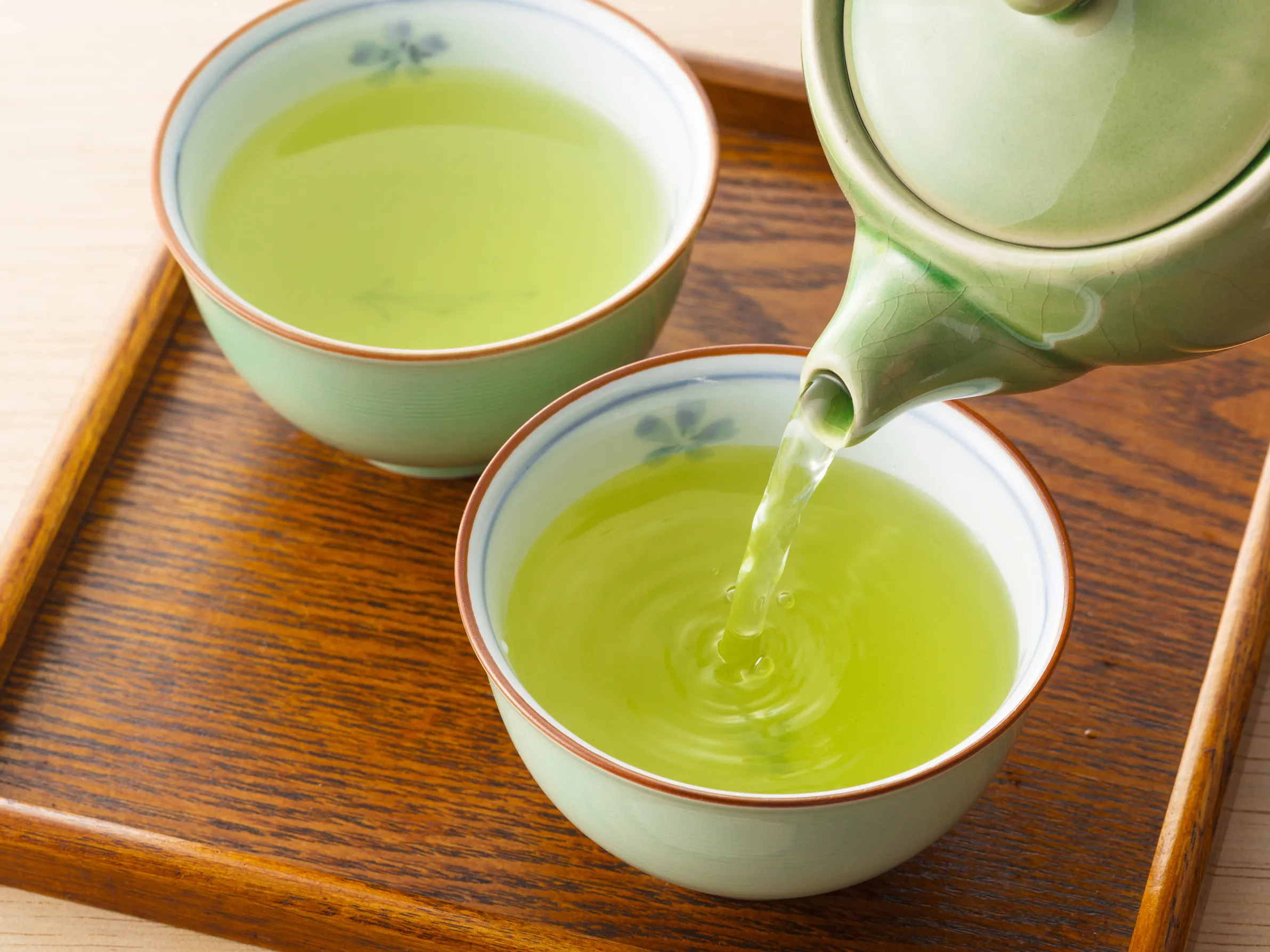
Why Green Tea Helps:
- Packed with catechins (particularly EGCG) that boost metabolism and fat oxidation.
- Contains a moderate amount of caffeine, offering a mild thermogenic effect.
- Rich in antioxidants, supporting overall health and reducing inflammation.
How to Use:
- Brew for 2–3 minutes in hot (but not boiling) water to preserve catechins.
- Drink 2–3 cups a day for optimal benefits, but avoid consuming too close to bedtime if you’re caffeine-sensitive.
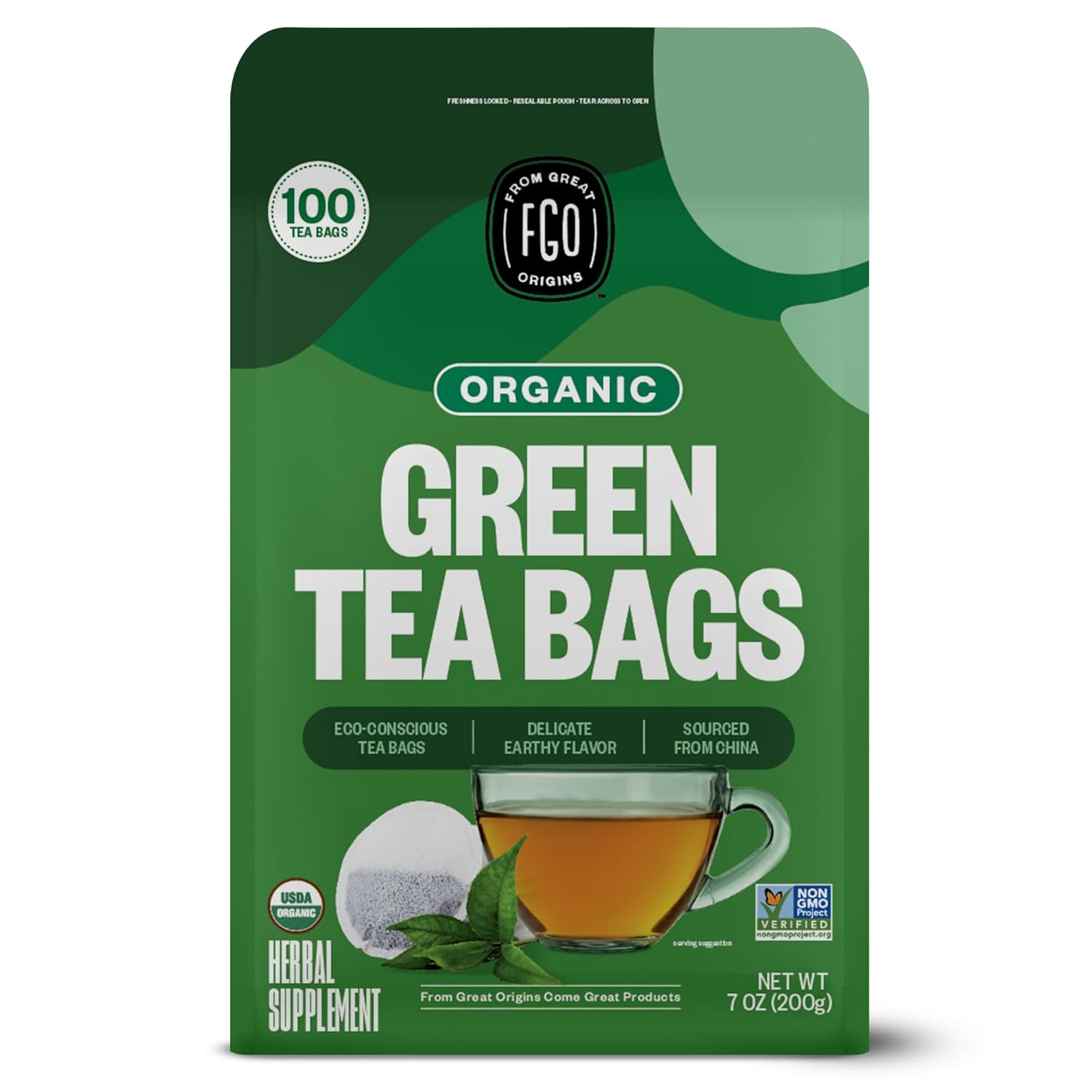
2. Oolong Tea
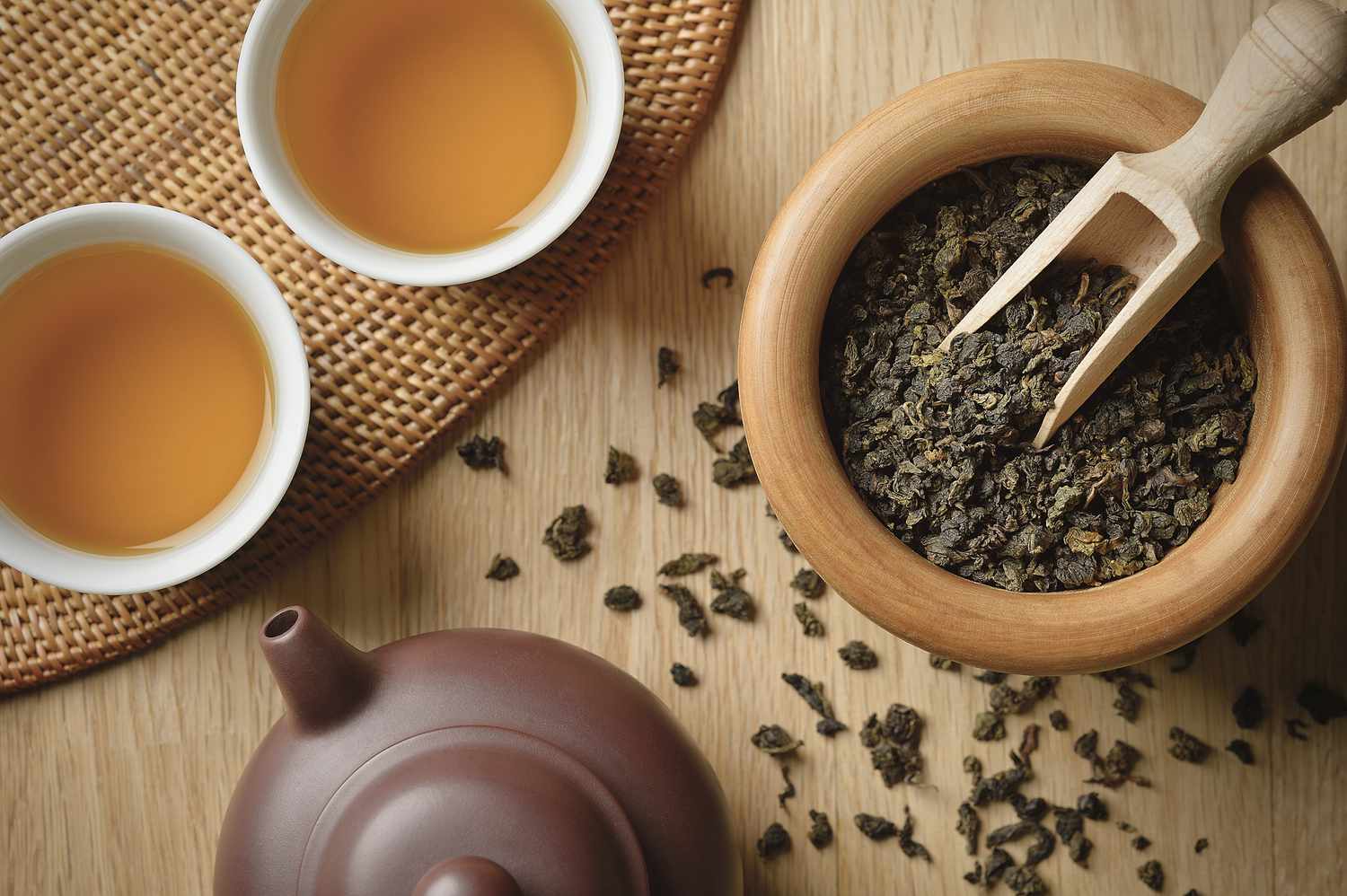
Why Oolong Tea Helps:
- A partially fermented tea, combining properties of green and black tea.
- May enhance fat-burning processes and improve metabolism.
- Contains a balanced level of caffeine and antioxidants.
How to Use:
- Steep oolong tea for 3–5 minutes in hot water.
- Enjoy 1–2 cups daily, possibly with meals to aid digestion.
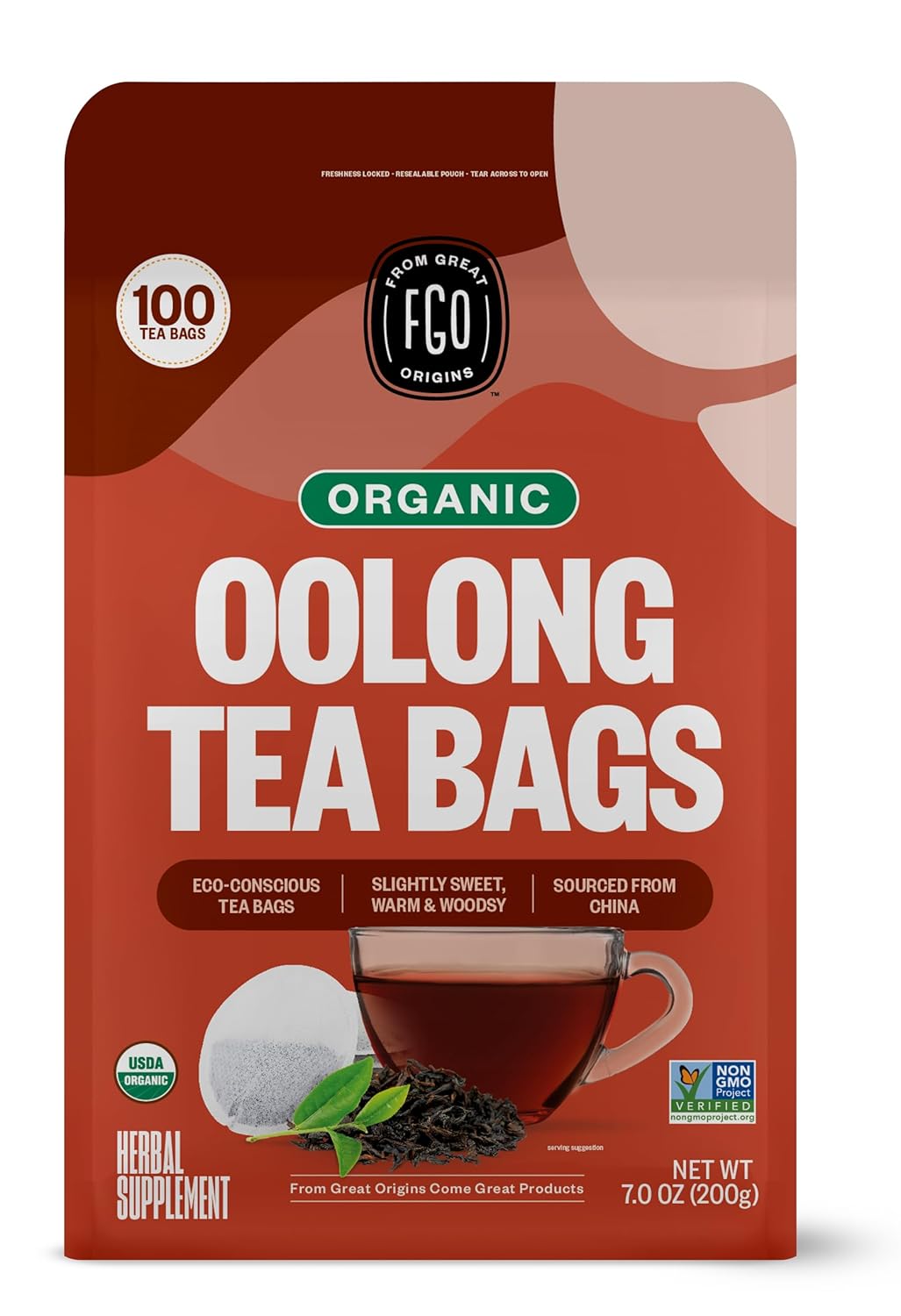
3. Black Tea

Why Black Tea Helps:
- Highest caffeine content among common teas, which can help slightly boost metabolic rate.
- Rich in theaflavins, antioxidants that may support weight control and reduce inflammation.
How to Use:
- Brew for 3–5 minutes.
- Limit sugar or sweeteners; consider adding a slice of lemon or a small amount of honey.
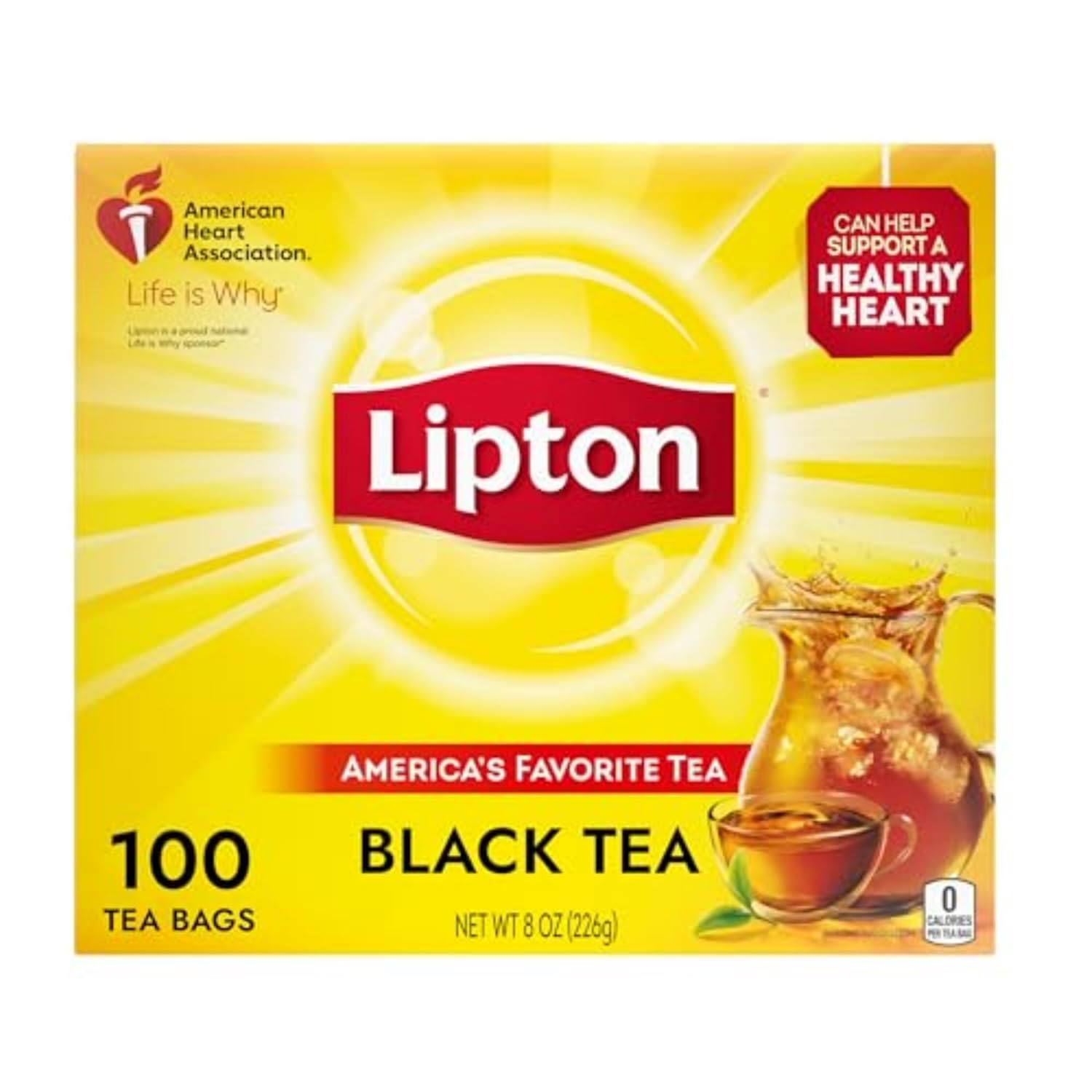
4. Pu-erh Tea
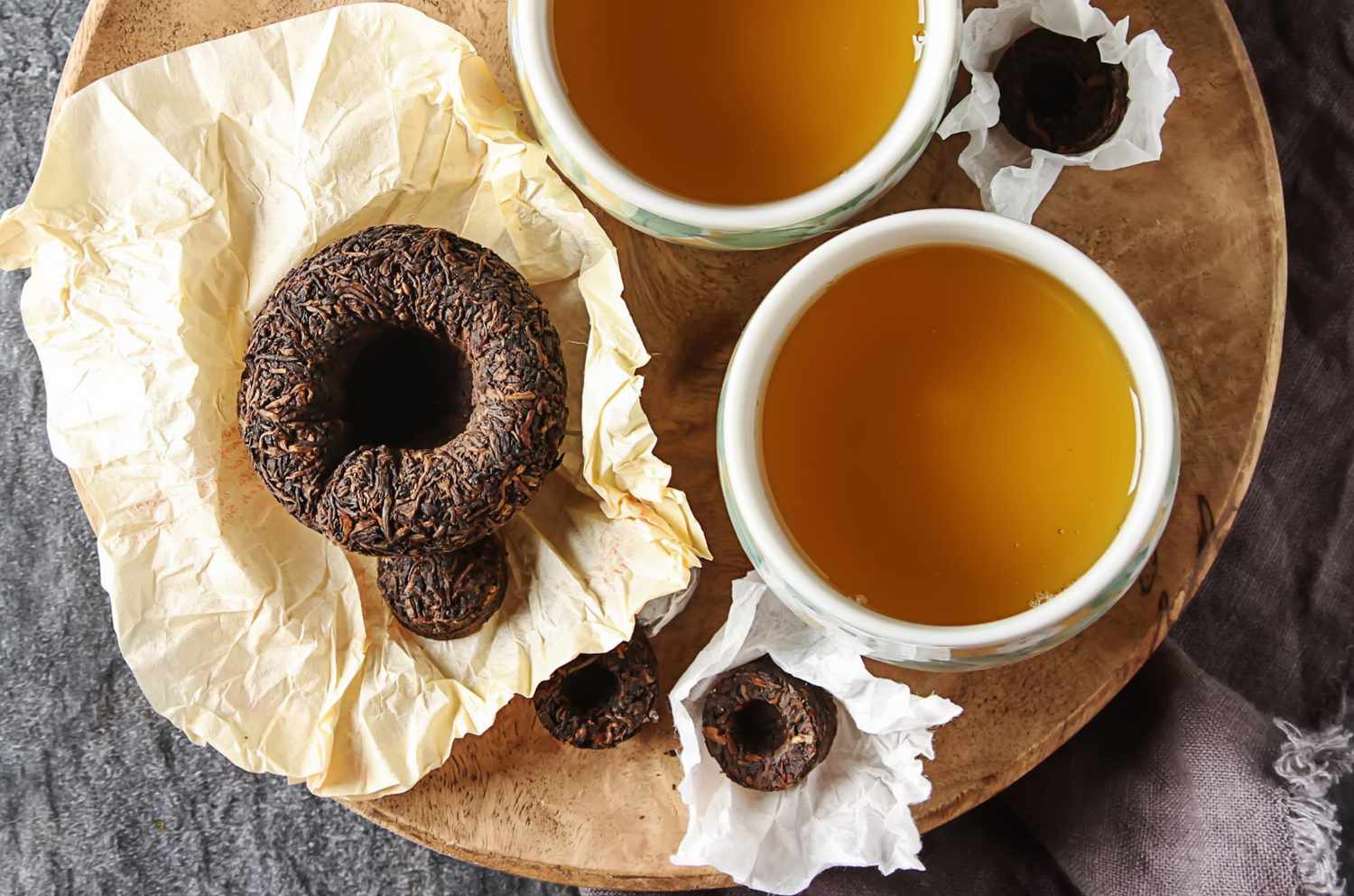
Why Pu-erh Tea Helps:
- A fermented tea from China, known for its earthy flavor and potential to improve digestion.
- Some studies suggest it may help reduce blood lipid levels and promote modest weight loss.
How to Use:
- Rinse the tea leaves quickly in hot water before the first brew to remove impurities.
- Steep for about 2–4 minutes. You can re-steep Pu-erh leaves multiple times.
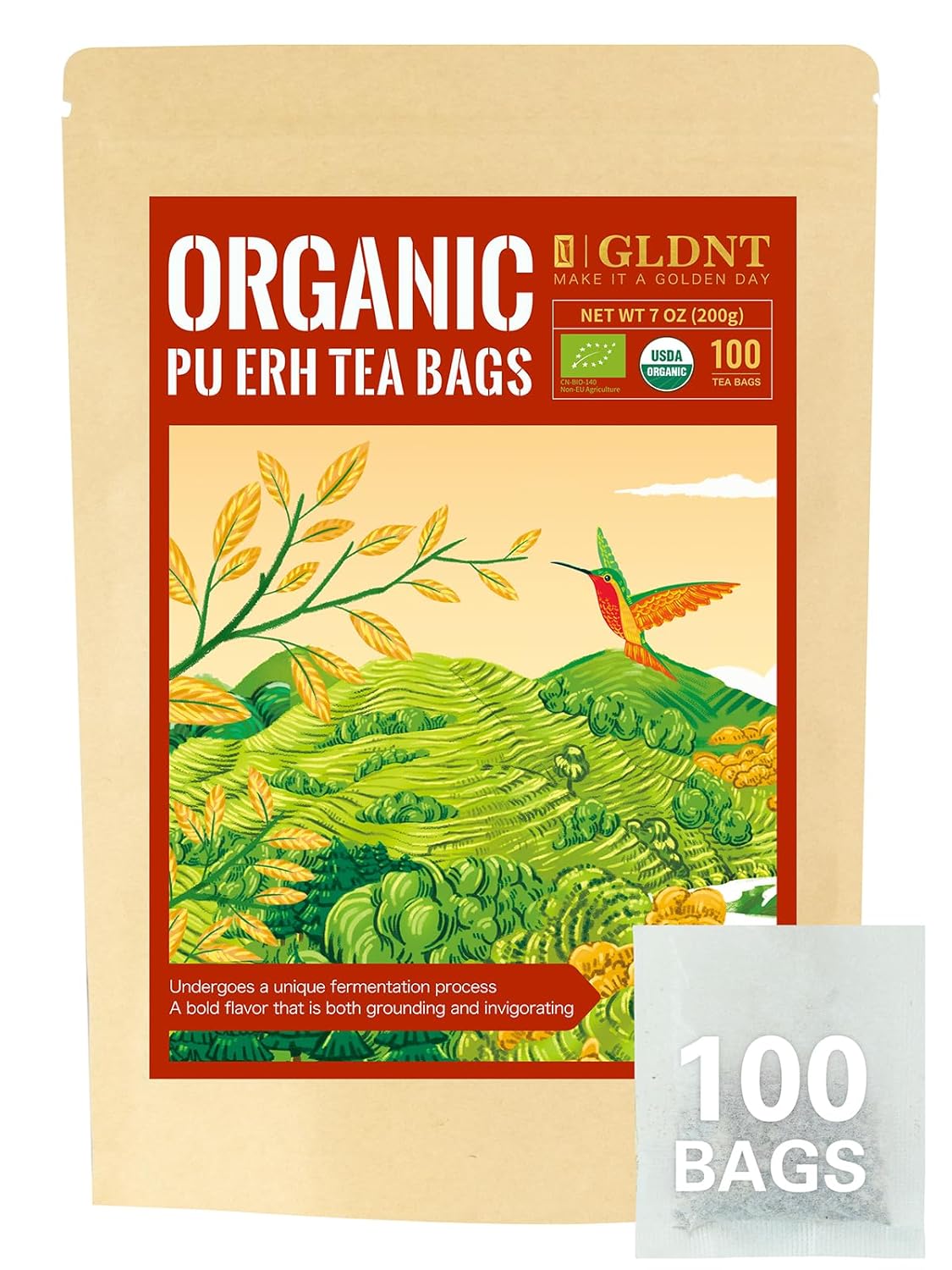
5. Herbal Teas (Peppermint, Chamomile, Hibiscus, and More)
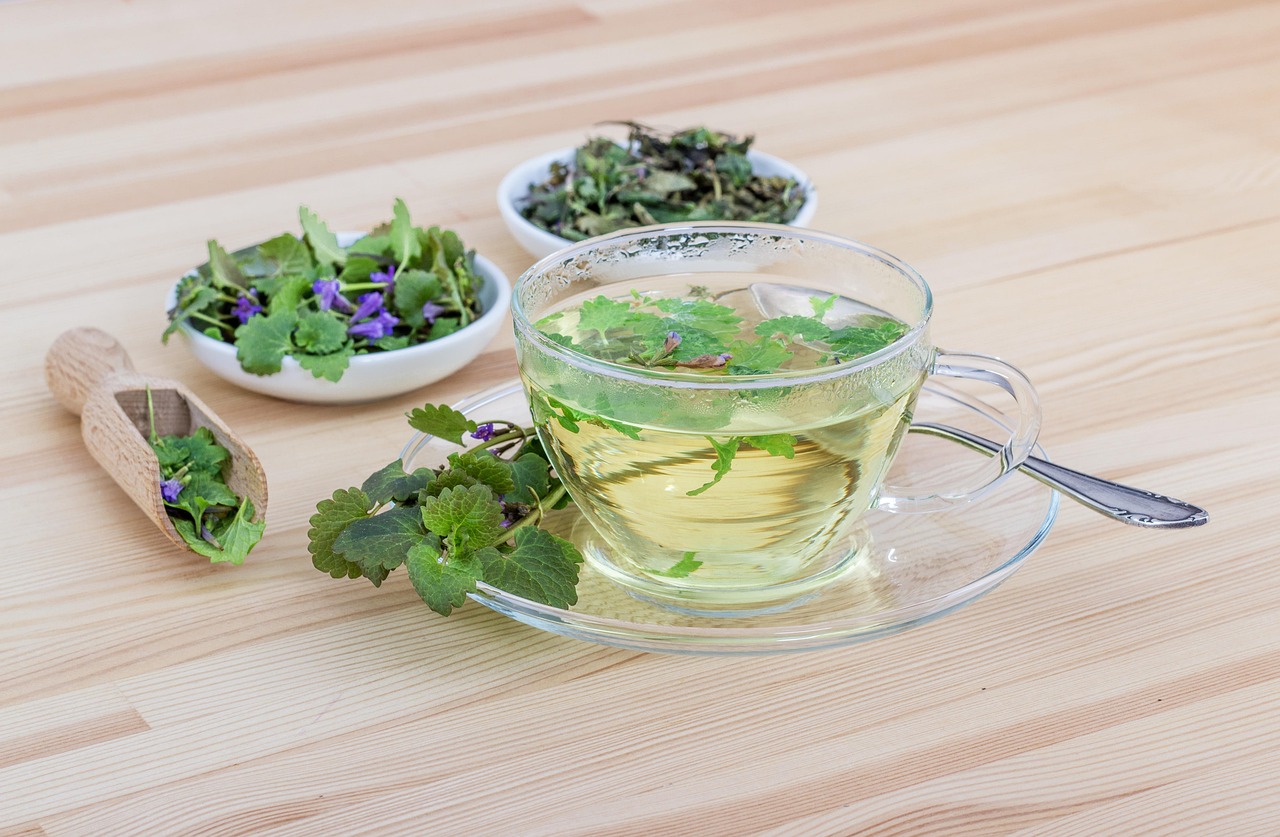
Why Herbal Teas Help:
- Peppermint: Soothes digestive issues and reduces bloating.
- Chamomile: Calms the mind, indirectly supporting stress-related belly fat issues.
- Hibiscus: Contains antioxidants and may help maintain healthy blood pressure and fluid balance.
How to Use:
- Steep fresh or dried herbs in hot water for 5–10 minutes.
- Combine different herbs to create flavorful blends.
- Enjoy these teas before bedtime to promote relaxation and curb late-night snacking.
Ancient Techniques for Belly Fat Reduction
Modern science increasingly recognizes the holistic approach of ancient healing systems like Ayurveda, Traditional Chinese Medicine (TCM), and mind-body disciplines including yoga, meditation, qigong, and tai chi. These practices emphasize harmony in body and mind, which can be particularly effective in reducing belly fat driven by hormonal imbalances, chronic stress, and lifestyle issues.
Ayurvedic Practices

Core Principles:
- Focus on balancing doshas (Vata, Pitta, Kapha).
- Emphasize natural dietary habits, herbal formulations, and daily routines (dinacharya).
- Stress the importance of digestive fire (agni) and toxin removal (ama).
Ayurvedic Tips for Belly Fat:
- Drink Warm Water with Lemon: Kickstart digestion every morning.
- Use Warming Spices: Ginger, cinnamon, black pepper, and cumin to enhance metabolism.
- Practice Abhyanga (Self-Massage): Using herbal oils can improve circulation and lymphatic drainage.
- Yoga Asanas: Poses like Naukasana (Boat Pose) and Bhujangasana (Cobra Pose) specifically target the abdomen.
Traditional Chinese Medicine (TCM)

Core Principles:
- Maintains that a balanced flow of Qi (energy) is critical for good health.
- Uses herbs, acupuncture, and specific exercises to regulate energy channels (meridians).
TCM Tips for Belly Fat:
- Herbal Formulas: Combinations like Chen Pi (tangerine peel) and Fu Ling (poria) help reduce dampness and promote digestion.
- Acupuncture: Can help improve digestion, reduce stress, and boost metabolic function when administered by a licensed practitioner.
- Dietary Guidance: Warm, cooked foods are preferred to support “Spleen Qi,” associated with digestion.
Yoga and Pranayama

How Yoga Helps:
- Strengthens and tones core muscles, aiding belly fat reduction.
- Lowers stress and cortisol levels, which helps prevent stress-related weight gain.
Key Poses:
- Naukasana (Boat Pose): Targets the entire abdomen.
- Plank (Phalakasana): Builds core endurance.
- Bow Pose (Dhanurasana): Stretches and strengthens abdominal muscles.
- Bridge Pose (Setu Bandhasana): Helps with core stability and glute strength.
Pranayama (Breathing Exercises):
- Kapalabhati (Skull Shining Breath): Rapid exhalations that may help tone abdominal muscles and improve digestion.
- Nadi Shodhana (Alternate Nostril Breathing): Helps calm the mind and balance energy channels.
Meditation and Mindfulness

- Reducing Emotional Eating: By developing awareness of your thoughts and emotions, meditation helps break the cycle of stress-induced or binge eating.
- Lowering Stress Hormones: A regular meditation practice can decrease cortisol levels, mitigating abdominal fat storage.
Simple Meditation Technique:
- Find a quiet space.
- Sit comfortably with a straight spine.
- Close your eyes and focus on your breath.
- If the mind wanders, gently bring it back to your breath.
Qigong and Tai Chi

What They Are:
- Qigong is an umbrella term for a variety of practices involving coordinated movements, breath control, and meditation.
- Tai Chi is a martial art form known for its slow, flowing movements.
How They Help:
- Improve Circulation: Gentle movements can enhance blood flow and metabolism.
- Reduce Stress: Encourages calm and balanced energy flow.
- Low Impact: Ideal for people of varying fitness levels, making it accessible for regular practice.
Holistic Strategies: Putting It All Together
While herbs, teas, and ancient techniques can give you a significant push toward reducing belly fat, the best results often come from a comprehensive, integrated approach. Here’s how to combine all these elements effectively:
- Dietary Foundation
- Prioritize whole, unprocessed foods, focusing on balanced macronutrients (proteins, carbohydrates, fats) and plenty of fiber.
- Limit added sugars, processed snacks, and fried foods.
- Stay hydrated with water and herbal teas.
- Exercise Routine
- Schedule at least 3–5 workouts per week, including cardiovascular exercise, strength training, and high-intensity intervals.
- Incorporate core-specific workouts to tone abdominal muscles.
- Add yoga, qigong, or tai chi sessions for improved flexibility, stress relief, and holistic well-being.
- Stress Management
- Start or end your day with meditation or deep breathing exercises.
- Practice mindful eating to avoid emotional or stress-induced overeating.
- Engage in hobbies or relaxation techniques like listening to music, journaling, or spending time in nature.
- Sleep Hygiene
- Maintain a consistent sleep schedule, aiming for 7–9 hours.
- Develop a bedtime routine that avoids heavy meals, caffeine, and screen time late at night.
- Consider soothing herbal teas like chamomile to promote better sleep quality.
- Herbal and Tea Routine
- Enjoy 2–3 cups of green tea or other beneficial teas (oolong, black, herbal) throughout the day.
- Incorporate fat-burning herbs such as ginger, cinnamon, or fenugreek into meals.
- Consult with a healthcare provider about supplementing with adaptogens like ashwagandha or ginseng, if appropriate.
- Ancient Healing Systems
- Add Ayurvedic practices like self-massage (abhyanga) to support circulation and digestion.
- Explore TCM options such as acupuncture if you have access to a qualified practitioner.
- Experiment with qigong or tai chi to promote gentle movement and relaxation.
Common Myths About Belly Fat
Despite widespread information, many myths about belly fat persist. Here are a few to watch out for:
- Myth: Spot Reduction is Possible
- Reality: You can’t specifically burn fat from your belly by doing countless sit-ups. Fat loss happens overall, though strengthening your core can give a more toned appearance.
- Myth: Crash Dieting Leads to Lasting Results
- Reality: Severe caloric restriction slows your metabolism and often leads to rapid weight regain once you revert to normal eating patterns.
- Myth: Carbs Are the Enemy
- Reality: Complex carbs like whole grains, legumes, and vegetables provide essential nutrients and fiber. The key is quality and portion control, not total elimination.
- Myth: Fat-Free Foods Are Always Better
- Reality: Many “fat-free” products have high sugar content. Healthy fats are essential for hormone balance and nutrient absorption.
- Myth: You Must Starve to Lose Belly Fat
- Reality: Proper nutrition—not starvation—is crucial. Consistently under-eating can harm metabolism, energy levels, and overall health.
Potential Risks and Precautions
While natural methods are generally safer than extreme diets or weight-loss pills, exercise caution and consider these important points:
- Allergic Reactions: Herbs like fenugreek, ginger, and dandelion can cause allergies in some individuals. Introduce new herbs gradually and watch for adverse reactions.
- Medication Interactions: Certain herbs (e.g., ginseng, ashwagandha, turmeric) can interact with prescription medications like blood thinners, diabetes drugs, or thyroid hormones. Always consult a healthcare professional before starting any herbal regimen.
- Caffeine Sensitivity: Green, black, and oolong teas contain caffeine, which can cause insomnia, jitters, or heart palpitations in sensitive individuals. Moderation is key.
- Underlying Health Conditions: If you have chronic conditions such as hypertension, diabetes, or heart disease, seek professional guidance before making major lifestyle or dietary changes.
- Quality of Supplements: The supplement industry is not strictly regulated in some regions. Look for reputable brands, third-party testing, or certifications like GMP (Good Manufacturing Practices).
Conclusion
Reducing belly fat naturally is a multifaceted endeavor that goes beyond just counting calories or trying the latest fad diet. By integrating herbs, teas, and ancient holistic techniques with foundational lifestyle practices—such as a balanced diet, regular exercise, stress management, and adequate sleep—you can achieve sustainable results and improve your overall health.
Key Takeaways:
- Lifestyle Matters: A wholesome diet combined with consistent exercise is the bedrock of any successful weight management plan.
- Herbal Allies: Incorporating herbs like ginger, turmeric, and cinnamon can gently boost metabolism and reduce inflammation.
- Teas: Green, oolong, black, and herbal teas offer diverse benefits, from metabolism support to stress relief.
- Ancient Wisdom: Ayurvedic practices, TCM, yoga, meditation, and qigong help address belly fat by balancing mind-body connections and regulating stress hormones.
- Safety First: Always monitor how your body responds to new foods, herbs, or techniques, and consult professionals for personalized advice.
Adopting a holistic approach ensures you address all aspects of health—physical, mental, and emotional. While there’s no overnight solution, the journey toward a trimmer waistline and better health can be deeply fulfilling. Focus on steady progress, celebrate small victories, and make choices that nurture your body from the inside out.
With patience and consistency, you will not only shed belly fat but also cultivate a lifestyle that supports long-term well-being—the ultimate goal of any natural health regimen. Remember that every body is different, so tailor these methods to your unique needs, and always listen to what your body tells you. Here’s to a healthier, happier, and slimmer you!





